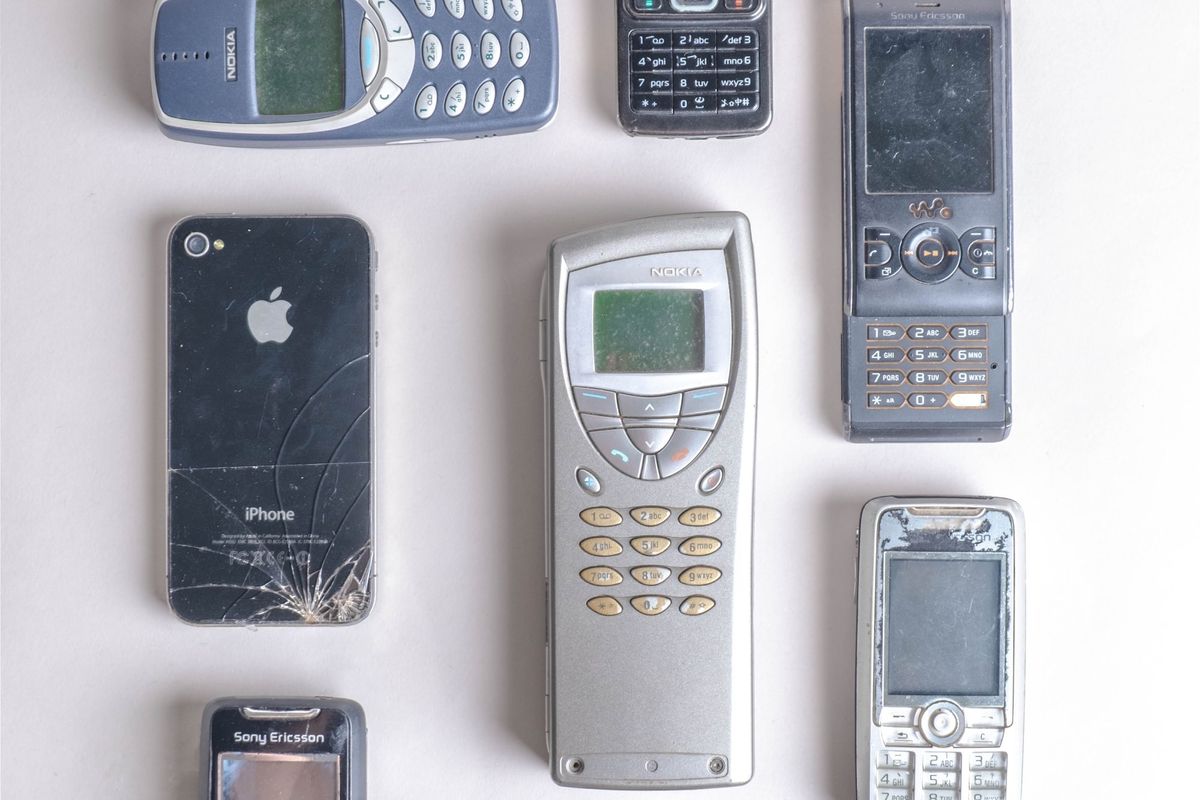Planned Obsolescence and Scope 3 Emissions: The Hidden Impact of Product Development
Planned obsolescence impacts sustainability and Scope 3 emissions. Short-lived products increase waste and production, elevating a company's carbon footprint. Embracing sustainable models is vital for a greener future.

In today's fast-paced world, products are often designed with a limited lifespan, a concept known as planned obsolescence. While this strategy might boost sales and profits in the short term, its long-term implications on sustainability, Scope 3 emissions, and the environment are profound. Through the insights provided by Kamila Pope (Sustainability expert) in her enlightening videos, we'll explore the intricate relationship between planned obsolescence, business perspectives, and the broader implications for Scope 3 emissions.
Understanding Planned Obsolescence
At its core, planned obsolescence is the deliberate reduction of a product's lifespan, compelling consumers to purchase replacements more frequently. This strategy can manifest in various forms:
- Quality Obsolescence: Products are made with inferior materials or technologies, causing them to break down sooner.
- Desirability Obsolescence: Products become outdated in terms of design or appearance, even if they remain functional.
- Functional Obsolescence: New product launches or updates render older models obsolete.
Such strategies, while profitable, contribute significantly to waste and increased production, directly influencing a company's Scope 3 emissions.
The Unsustainability of Current Economic Models
The prevailing economic model, rooted in infinite growth, has been a driving force behind strategies like planned obsolescence. However, as Kamila points out, this model is unsustainable. Our planet has limited natural resources, and the current economic approach exacerbates the depletion of these resources, widening the disparity between the affluent and the underprivileged.
Emerging from this realization are alternative economic models like Ecological Economics and the Circular Economy. These models challenge the status quo, emphasizing the impossibility of infinite growth and advocating for long-lasting products over disposable ones.
Scope 3 Emissions: The Unseen Consequences
Scope 3 emissions encompass all indirect emissions resulting from a company's activities, excluding direct operations and purchased electricity. A significant portion of these emissions arises from the product life cycle, especially when products are designed for obsolescence. The constant cycle of producing, discarding, and reproducing products significantly amplifies a company's carbon footprint.
Rethinking Business Strategies for Sustainability
For a sustainable future, businesses must transition to eco-friendly production systems. Kamila suggests:
- Sustainable resource extraction.
- Green and socially responsible production and distribution.
- Zero-waste approaches and clean energy adoption.
Moreover, innovative business models like the 'sharing economy' and closed-loop systems can further reduce Scope 3 emissions.
The Role of Product Development in Reducing Scope 3 Emissions
Product development plays a pivotal role in determining a company's Scope 3 emissions. By designing products with longevity, durability, and sustainability in mind, businesses can significantly reduce their carbon footprint. This not only aligns with sustainable practices but also resonates with an increasingly eco-conscious consumer base.
Conclusion
Planned obsolescence, while a lucrative business strategy, has far-reaching implications for the environment and a company's Scope 3 emissions. As highlighted by Kamila Pope, there's an urgent need for a paradigm shift in business strategies and economic models. By prioritizing sustainability in product development and embracing alternative economic models, businesses can play a crucial role in mitigating the environmental crisis and ensuring a sustainable future.




Comments ()